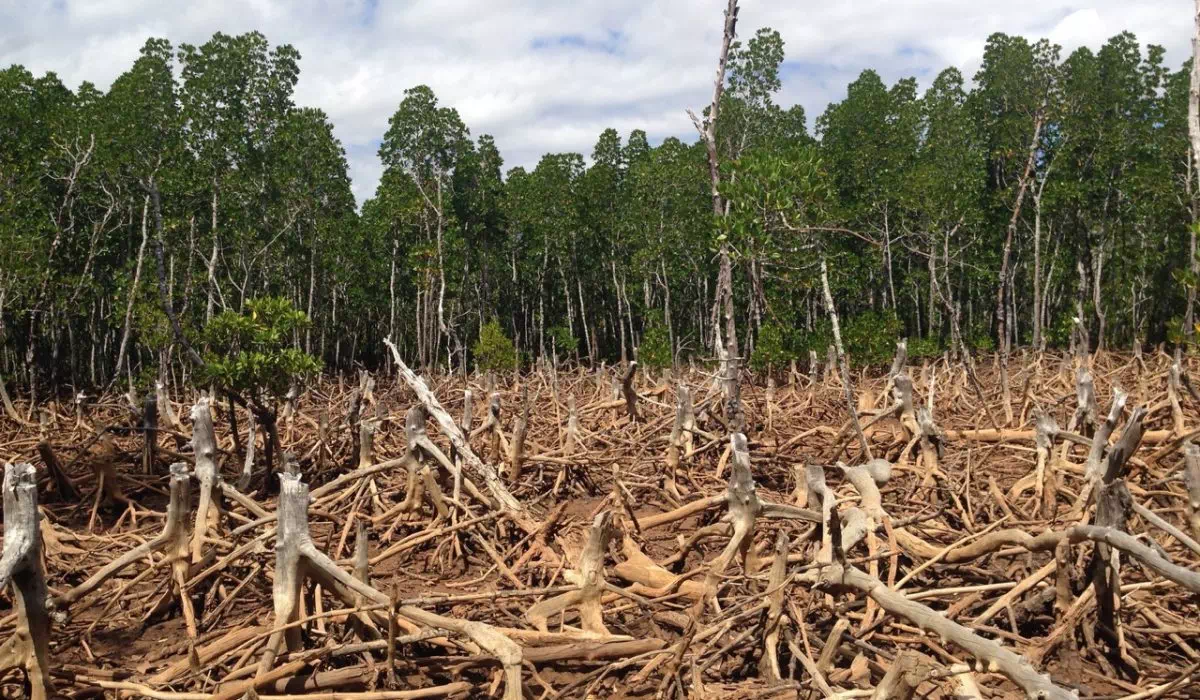Madagascar, the island continent located in the Indian Ocean, is a unique place of biodiversity in the world. The animal and plant species that live there are found nowhere else on Earth. However, this biodiversity is threatened by deforestation, overexploitation of natural resources and the growing poverty of the population.
The tropical rainforest of Madagascar, known as the Eastern Forest, is one of the most biodiverse regions on the planet. It is home to unique animal species such as the lemur, radama chameleon and fossa, as well as rare plants such as the Madagascar baobab and rhododendron madagascariensis. However, these unique ecosystems are seriously threatened by deforestation, which is mainly caused by the expansion of agriculture and illegal logging. According to the International Union for Conservation of Nature (IUCN), almost 90% of the eastern forest has been destroyed in recent centuries.
In addition to deforestation, overexploitation of natural resources is another major problem for Madagascar’s biodiversity. Illegal and unsustainable fishing, mining and intensive agriculture all negatively impact the island’s marine and terrestrial ecosystems. Illegal fishing, in particular, is a growing problem that threatens fish and shellfish populations, as well as coral reefs.
The growing poverty of Madagascar’s population is also a factor contributing to the destruction of the island’s biodiversity. Many people depend on the illegal exploitation of natural resources for their livelihoods, and they have no other viable economic options. Additionally, the lack of infrastructure and basic services, such as clean water and education, worsens the situation.
Despite these challenges, there are ongoing efforts to protect Madagascar’s biodiversity. Nature conservation organizations, governments and local communities work together to implement programs for reforestation, sustainable natural resource management and sustainable economic development. It is also important to raise awareness among people of the importance of preserving the island’s biodiversity and to encourage them to adopt environmentally friendly behaviors.
In conclusion, Madagascar is a place of unique biodiversity in the world, but it remains threatened.
 en
en fr
fr
